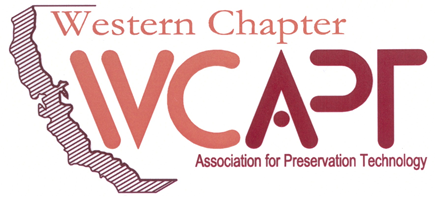Challenging the Myths of Historic Preservation
/Many myths abound about historic preservation in our community, and I’d like to challenge some of these ideas.
If you don’t already know me, I’m Luis Sumpter. I serve on the board of Preservation Sacramento as the Chair of the Home Tour Committee, and I’ve also been a real estate agent in Sacramento for over 20 years, specializing in historic properties. Let’s get into it!
Note: Content has been excerpted with permission from the following video produced by the City of Sacramento’s Preservation Commission:
Myth Number 1: Historic buildings can never be updated or changed.
While there may be some restrictions on the exterior, residential historic properties (like 2110 U Street, highlighted on our 2022 Home Tour) have no restrictions on changes to the interiors. So popular renovations like kitchen and bath updates are as easy as obtaining a building permit. The U Street home, for example, has a fully modernized kitchen, great for a family home. Additions are common, especially on the rear of historic buildings.
Myth Number 2: Historic designation results in lower property values.
This simply is not borne out by the evidence. Economists agree, historic properties tend to have higher property values than buildings without historic designation, hands down!
Myth Number 3: Historic properties can’t be insured.
There are thousands of historic properties in Sacramento, and with few exceptions they are all insured. While some companies may make it more difficult to insure historic buildings, many insurance companies understand that historic buildings are no different than any other older building and can be insured at reasonable rates.
Myth Number 4: Historic districts will create stagnation and not allow for the city to grow.
Just look at this commercial corridor in the East End Historic District. Commercial buildings like the Arnold Building have been converted from their former industrial or retail uses to house some of the most popular restaurants in the city. Infill projects fit right in among these historic homes and businesses, but they are brand new!
Bottom Line: Historic preservation will not negatively affect property values, and even tends to result in higher, more stable, property values over time. More importantly, historic preservation creates a more vibrant city that creates an identity and culture we should be proud of, which is why so much of my business involves helping my clients buy and sell historic properties.
To learn more, visit the City of Sacramento’s Historic Preservation Program’s page.

















